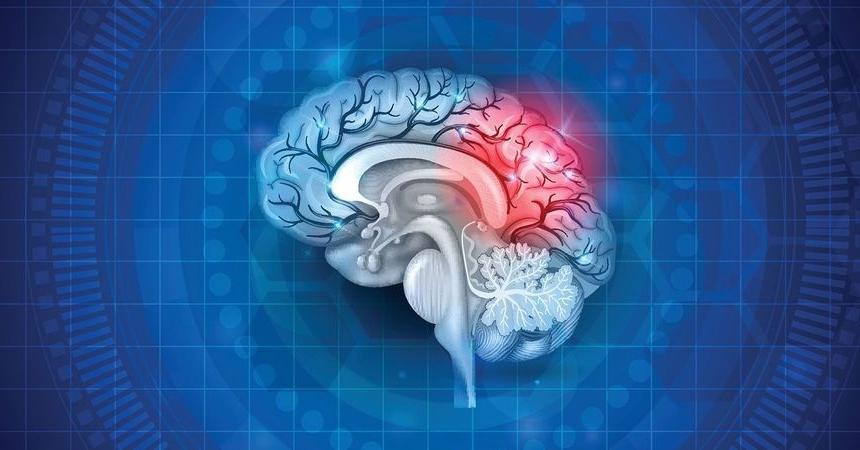Traumatic brain injury means the possible disruption in brain functioning which can be caused by some shock or jolt to the brain. This condition also occurs when an outside body or object pierces the skull and makes its way to the brain while damaging the brain tissues.
Symptoms of traumatic brain injury vary from normal to extreme depending on the injured person’s condition. Normal injury is not that dangerous as it only results in a slight change of mental condition or a brief period of unconsciousness. On the other hand, severe brain damage can lead to a longer period of coma and death. You can talk to any personal injury attorney in El Paso to educate yourself legally on this aspect of traumatic brain injuries.
Possible Signs and Symptoms
There is a long list of symptoms and it is crucial to know about all the possible signs to avoid serious mishaps:
- Fatigue
- Migraine
- Confusion and loss of consciousness
- Brief or longer periods of coma
- Dilated pupils
- Impairment or a state of paralysis
- Impaired of blurred vision
- Lower heartbeat
- Loss of balance
- Extreme or improper emotional reactions or behavior
- Weakness of facial muscles or visible droopiness
- Numbness in some parts of the body
- Difficulty in bladder control or bowel movements
If someone around you is dealing with some of these symptoms, call 911 immediately or take them to an emergency room as early as possible.
Different Types of Injuries
Traumatic brain injuries can result in “mass lesions,” localized injuries like contusions and hematomas that put more pressure on the brain. The following list provides an overview of the various traumatic brain injury-related sequelae:
-
Hematoma
A hematoma is a blood clot located inside or on the outermost layer of the brain. Hematomas can form anywhere in the brain. An epidural hematoma is an accumulation of blood that forms between the dura mater (the brain’s protective layer) and the inner part of the skull. A subdural hematoma is a buildup of blood between the dura mater and the arachnoid layer on the brain’s surface.
-
Contusion
A cerebral contusion is the swelling of brain tissue. Under a microscope, brain contusions look similar to bruises in other sections of the body. They are made up of damaged or enlarged brain tissue combined with blood that has seeped from arteries, veins, or capillaries. Contusions are typically found around the base of the frontal lobes, but they can occur everywhere.
-
Intracerebral Hemorrhage (ICH)
An intracerebral hemorrhage (ICH) is a type of bleeding within the brain tissue that can be caused by other brain injuries, including traumas. The amount and location of the hemorrhage assist in assessing whether it can be removed surgically or not.
-
Subarachnoid Hemorrhage (SAH)
SAH occurs by bleeding into the subarachnoid space. It shows as diffuse blood scattered thinly across the surface of the brain and is most commonly seen after a traumatic brain injury. The majority of SAH cases related to head trauma are minor. Severe traumatic SAH can cause hydrocephalus.
-
Diffuse Injuries
There are some microscopic indetectable changes after a traumatic brain injury. And these injuries are even indetectable for a CT Scan too. They are usually scattered throughout the brain. These kinds of injuries are called Diffuse Injuries. They can occur with or without the presence of an associated mass lesion.
-
Diffuse Axonal Injury
Axonal injury is defined as decreased functionality and gradual loss of axons. These long nerve cell extensions allow them to connect. If a lot of axons are damaged, nerve cells’ ability to interact with one another and integrate their functions may be lost or greatly compromised, potentially leaving a patient with serious disabilities.
-
Skull Fractures
Any traumatic blow or powerful external force can damage the skull which leads to the unprotected brain. This can cause possible brain damage. Skull fractures are always alarming, specifically ones that are situated at the very base as they can permanently damage the nervous system. It can also cause injury to arteries and other systems.
Diagnosis
Quick action is very crucial in this case. Act fast and try to get medical assistance as soon as possible since it is impossible to reverse any initial brain damage. Doctors can only try to save the patient from further severe injuries as it is impossible to reverse the damage that is already there. Cardiac and pulmonary assessment is the top priority and then comes the whole body assessment. After all that, doctors shift their focus to a proper neurological assessment.






